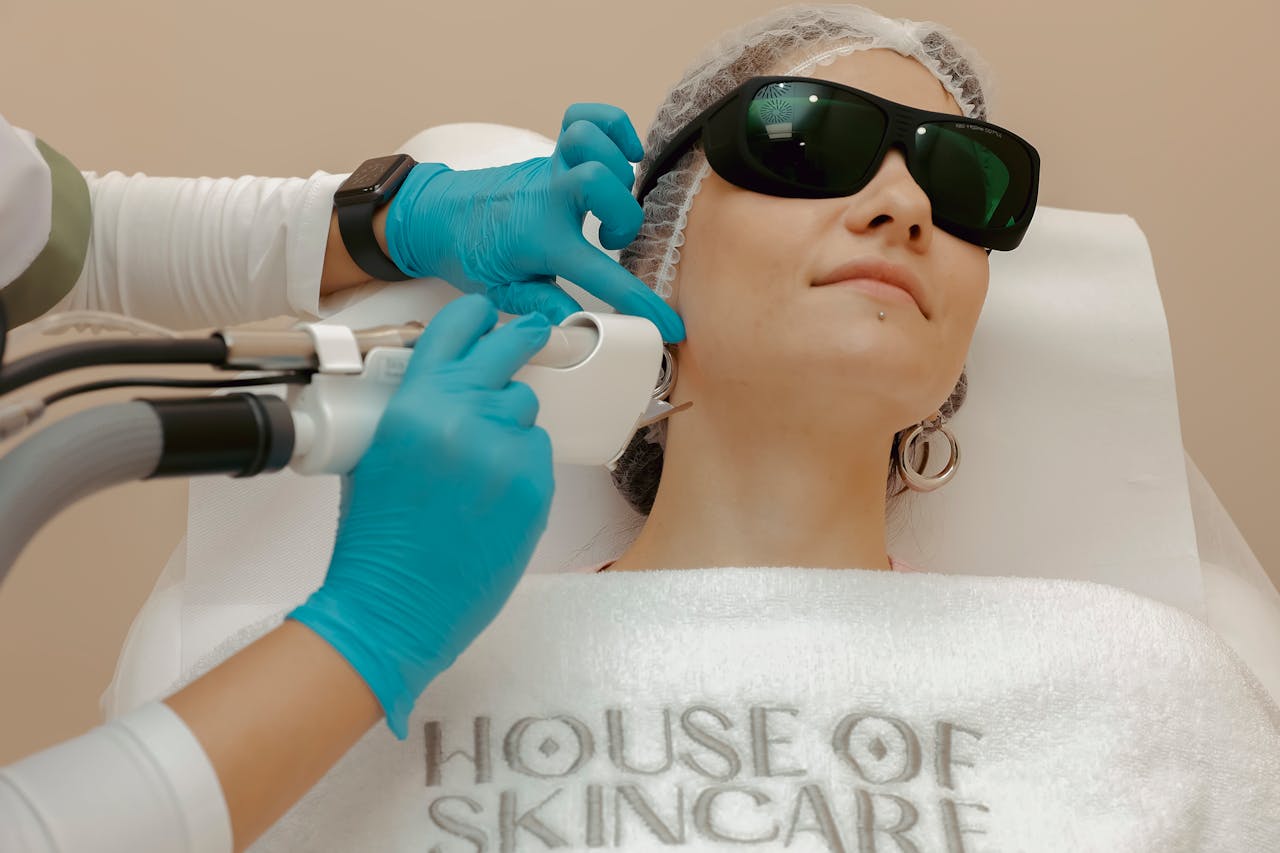As advancements in dermatological technology continue to evolve, individuals seeking skin rejuvenation treatments are presented with a myriad of options. Among these, Fraxel laser therapy stands out as a cutting-edge solution for addressing various skin concerns. From reducing the appearance of acne scars to diminishing fine lines and wrinkles, Fraxel laser treatment offers promising results.
However, like any cosmetic procedure, it’s essential to thoroughly understand the pros and cons before deciding whether it’s the right choice for your skincare needs. In this blog, we’ll delve into the benefits and potential drawbacks of Fraxel laser therapy to provide you with a comprehensive understanding of this innovative treatment option.
Contents
Pros of Fraxel Laser Treatment:
The advantages of Fraxel Laser Treatment Include –
Enhanced Skin Texture and Tone:
Fraxel laser therapy works by delivering targeted microbeams of laser energy to the skin, stimulating collagen production and promoting cellular turnover. This process helps improve skin texture and tone by reducing the appearance of fine lines, wrinkles, and uneven pigmentation.
For example, studies have shown that Fraxel laser treatment can lead to significant improvements in acne scars, with patients reporting smoother and more even-looking skin texture. Additionally, Fraxel laser therapy has been found to be effective in treating sun damage, such as age spots and sunspots, resulting in a more youthful and radiant complexion.
Customized Treatment Options:
One of the key advantages of Fraxel laser treatment is its versatility and customizable options. Dermatologists can adjust the settings of the Fraxel laser to deliver varying levels of intensity, depth, and coverage, depending on the patient’s specific skincare needs and concerns.
For instance, individuals with mild to moderate signs of aging may benefit from a series of superficial Fraxel treatments, while those with deeper wrinkles or acne scars may require more aggressive treatment sessions. This customization ensures that each patient receives personalized care and optimal results tailored to their unique skin condition.
Minimal Downtime and Recovery:
Compared to traditional ablative laser treatments, which remove the entire outer layer of skin, Fraxel laser therapy is a non-ablative procedure that targets only a fraction of the skin’s surface.
As a result, there is minimal damage to the skin’s protective barrier, leading to faster healing and shorter downtime. While patients may experience temporary redness, swelling, and mild discomfort immediately following treatment, these side effects typically subside within a few days to a week.
Cons of Fraxel Laser Treatment:
You can’t get enough of the advantages of the Fraxel laser treatment, but there are some disadvantages too. So, it is better to measure both while deciding to go for this treatment method. Disadvantages are listed below –
Potential for Side Effects:
While Fraxel laser treatment is generally considered safe and well-tolerated, there is a risk of experiencing side effects, particularly if the treatment is performed by an inexperienced or unqualified practitioner.
Common side effects may include temporary redness, swelling, itching, and dryness, which usually resolve within a few days to a week. However, in rare cases, more severe side effects such as blistering, scarring, or changes in pigmentation may occur.
It’s crucial to discuss the potential risks and benefits of Fraxel laser therapy with your dermatologist before undergoing treatment to ensure a safe and successful outcome.
Requirement for Multiple Treatment Sessions:
While some patients may see noticeable improvements in their skin texture and tone after just one session of Fraxel laser treatment, most individuals require multiple treatment sessions to achieve optimal results.
The number of sessions needed will depend on factors such as the severity of the skin condition being treated, as well as individual factors like skin type, age, and lifestyle habits.
Additionally, treatments are typically spaced several weeks apart to allow the skin time to heal between sessions, meaning that achieving desired results may require a significant time commitment.
Cost Considerations:
Fraxel laser treatment is considered a cosmetic procedure and is not typically covered by health insurance plans, meaning that patients are responsible for covering the full cost of treatment out of pocket.
The cost of Fraxel laser therapy can vary depending on factors such as the size of the treatment area, the number of sessions required, and the expertise of the treating physician.
While Fraxel laser treatment may represent a significant investment upfront, many patients find that the long-term benefits outweigh the initial cost, as they achieve smoother, more youthful-looking skin with lasting results.
To Make a Long Story Short:
In conclusion, Fraxel laser treatment offers a promising solution for individuals seeking to improve their skin texture, tone, and overall appearance. By stimulating collagen production and promoting skin renewal, Fraxel laser therapy can address a range of dermatological concerns, including acne scars, fine lines, wrinkles, and sun damage.
However, it’s essential to carefully weigh the potential pros and cons of Fraxel laser treatment and consult with a qualified dermatologist to determine whether it’s the right choice for your skincare needs.
With proper evaluation and guidance, Fraxel laser therapy can help you achieve the radiant, youthful complexion you desire and boost your confidence in your skin.
The Daily Buzz combines the pursuit of interesting and intriguing facts with the innate human desire to rank and list things. From stereotypical cat pictures to crazy facts about the universe, every thing is designed to help you kill time in the most efficient manner, all while giving you something to either laugh at or think about!
